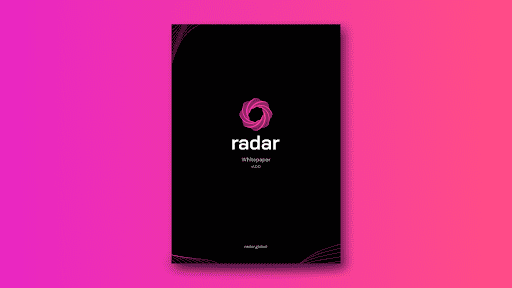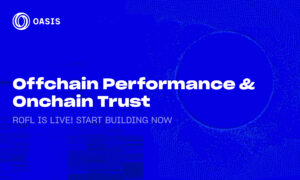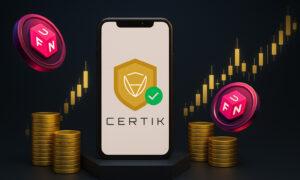Managing decentralized assets can be a headache considering the sheer number of assets found on the network. These assets can be any of NFTs, crypto, derivatives, or governance tokens. It is worthy to note that DeFi grew an immense 88 percent, from $1 billion to $88 billion.
With the sudden increase in the value of DeFi assets and the somewhat stagnant growth of centralized assets, fund managers and management systems are starting to pay some attention to crypto assets. Especially as several of these assets’ market cap indicates widespread adoption.
(A peek at Radar)
Asset Management Firms and Platforms and Overarching Problems
Typically, asset management firms and platforms are in charge of clients’ assets and investment portfolios. The associated risk of the investment is assessed and managed so that the possible profits accruable from the assets at hand are maximized.
While the above steps are quickly taken and achieved with traditional assets, decentralized assets are complex to manage. First off, the technology and consensus that governs each token and digital asset differs, even with projects whose structures are alike. Secondly, decentralized assets have not been standardized across certain geographical regions and may stifle their use. Plus, there might be no supported asset management system in that region.
How Asset Management Systems Handled these Problems
The ideal asset management systems are pretty versatile across multiple chains and features. While the central problem associated with decentralized assets and the available asset management platforms is interoperability.
Accurate data analysis will be virtually impossible considering the amount of data processed daily from trading volume and several other metrics. As a result, asset management platforms integrate big data analytics to bolster accuracy in financial risk evaluation.
Artificial intelligence and machine learning are also essential if the platform is to be intuitive and produce near-perfect market insights for every intended trade while taking into account several overarching factors, including historical facts. Machine learning is also essential meaning that certain platforms are self-taught and can learn from their mistakes over time. This means that the platform gets better at providing insight and market analysis even with limited data.
Decentralized asset management systems are slowly being engineered and developed to accommodate the majority of assets on the network, with only a few reaching the zenith of decentralized assets inclusivity. One of which is Radar.
Radar is an ecosystem containing several assets and components that are complementary. Its simple user interface can be exploited by both newbie and experienced traders alike.
Radar’s Unique Value Proposition
Limitless Liquidity
Radar has access to unlimited amounts of liquidity thanks to being able to sanction transactions across the different chains on the blockchain network. This way, users enjoy even the most minute changes in positions if one token was hedged against the other.
Inexpensive Transaction Fees
Because Radar enjoys access to the limitless liquidity pool, there is no reason to charge extra on transactions. Only a 1% exit fee and 0% AUM fee are charged as against the industry standard of 20% on profits and on assets under management
What to Keep up with
-
Liquidity Mining
This is somewhat similar to hedge funding, where the user provides liquidity by donating his token to provide funds on which the platform runs for a predetermined period. At the end of this period, the user is rewarded based on the platform’s condition. Some platforms reward their users with a return on investment as high as 30% calculated using the APY style calculations.
-
The Stable Coins Trend
Stable coins are growing to be a mainstay in the DeFi community, with over 20 billion dollars being added this past year. As stable coins are not volatile, money is “stored” rather than lost over time as it is typical with altcoins.
There are several other forms of decentralized assets and services capable of giving you a good return on your investment. Blockchain-based gaming, several projects backed by Ethereum, Solana-integrated projects, Terra etc. .
Wrapping Up
It takes beyond the gift of multitasking to be well-informed of DeFi projects, assets, and services while also looking after your investment portfolio. It all boils down to your asset management system of choice, as some are intuitive and make light work of the cluttering typical of personal assets. Do not hop aboard a trend if you do not understand the elementary guiding principles. Also, it is okay to not be interested in a trend as well. In the case of Radar, you will learn more about the project on their Telegram group.



































